As the seasons shift, some birds in New Hampshire fly south for winter, others stay, and still others that breed in more northern places migrate here. Attracting these feathered friends is not only a great pleasure for us, but provides important food, shelter, and water for them during the cold months. Although boosting the bird habitat in your landscape is a long-term project, even in the short-term, there are simple ways to bring winged-ones to your yard!
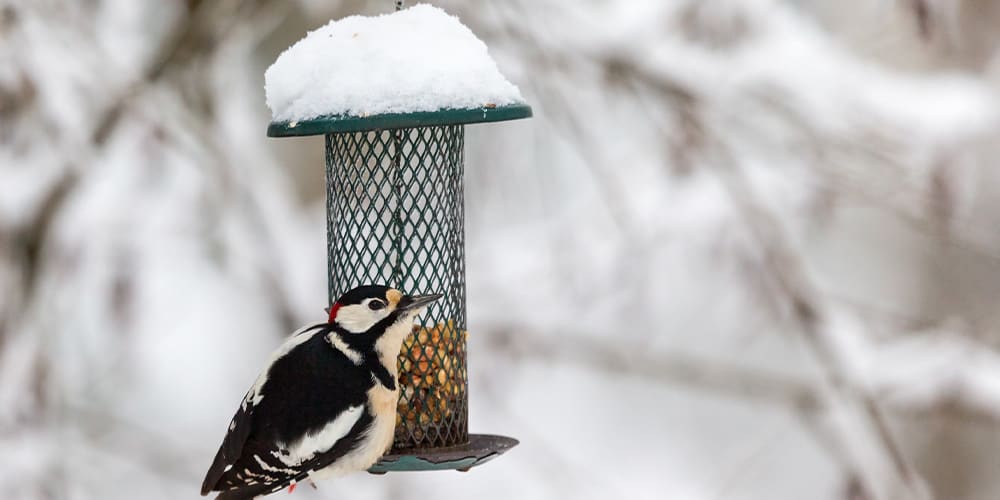 Which Birds Can I Expect to Attract?
Which Birds Can I Expect to Attract?
In its own way, the world of winter is just as wondrous as other seasons—with magical snowy beauty and a unique cast of birds in our forests. The most common year-round residents you’ll see are the Northern Cardinal, Tufted Titmouse, Black-Capped Chickadee, Downy Woodpecker, Hairy Woodpecker, White-Breasted Nuthatch, Dark-Eyed Junco, American Goldfinch, Blue Jay, and Mourning Dove. Of course, these are only a few of the 400+ birds that live or migrate through New England.
Long-Term Ways to Attract Birds
The most effective way to attract birds to your yard is by enhancing their habitat. That means growing more native trees, shrubs, and flowers that birds like to feast on or live in. Evergreen trees are an especially good habitat for birds over the winter, as their thick branches provide shelter from snow and cold. As for food, any trees with cones, nuts, acorns, berries, and fruit will be a bird’s delight over winter and year-round.
 Other Ways to Attract Birds Over Winter
Other Ways to Attract Birds Over Winter
Although you can’t grow a tree overnight, there are still many ways to make your yard attractive to the winged-ones this winter.
- Provide Shelter: although birds aren’t breeding over winter, they still benefit from having boxes, especially during cold snaps. Birdhouses used for nesting in the spring can become warm-up spots for birds over winter. Or, bigger boxes, known as “roosting boxes” can provide shelter, often for many species at once. In the absence of evergreens, leaving a pile of brush in your yard also supplies moderate coverage for small birds.
- Provide Water: having a birdbath in your yard is a great way to attract birds over winter. To keep it from freezing, place a heater inside of it, or install a heated birdbath. Since eating snow is much more energy intensive for birds, they’ll appreciate any source of liquid water!
How to Attract Birds with Feeders
Setting up food is another sure way to attract feathered friends over winter. Here are some tips for placing, using, and choosing feeders:
- Use a Variety of Feeders: different birds have different feeding styles. For example, Dark-Eyed Juncos are ground-feeders, while Nuthatches feed as they travel down a tree trunk. Attract more birds by using various styles of feeders, including open trays at ground and table height, hanging feeders, and suet cages along tree trunks.
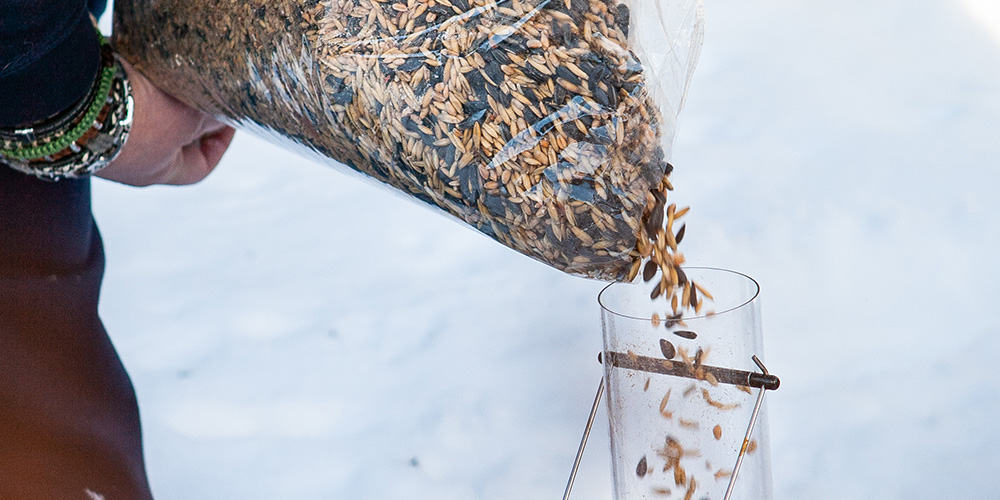
- Provide Good Quality Food: whole nuts, seeds, and suet are the best foods for birds, especially sunflower seeds and nyjer. To keep the food mold-free, install a roof over your open trays, check your feeders often, only put out small amounts at a time, and replace any food before it spoils.
- Place Your Feeders Strategically: put them within sightline of your windows, so you can watch the feeding birds. Hang them near an evergreen, so small birds have options to hide from predators. If big birds, like Blue Jays, are dominating your suet cage, place it on the underside of a leaning trunk, so only small perching birds can access it.
- Keep Squirrels and Rodents Away: if squirrels and rodents are hogging your bird feeder, you can install a squirrel baffle over it, which is a barrier that is difficult for them to crawl over. You can also place a cage over the feeder which allows small birds to enter while blocking squirrels. Mixing a small amount of cayenne pepper into the seed mix is also known to repel squirrels, but the birds don’t mind it.
Attract Birds with Homemade Boxes and Feeders
You can bring your own creative touch to your yard by crafting things yourself. Research the feeding style, food preferences, or shelter needs of your favorite birds and try to make something to attract them. Any old stumps or coppiced trees are great locations to install a homemade tray or birdhouse-style feeder. Sometimes a bird feeder can be as simple as an upwards-angled mason jar hanging horizontally by a ribbon.
 Observe and Form a Relationship
Observe and Form a Relationship
If you want to get better at attracting birds, make a habit of observing them in your yard throughout the seasons. Find out what they eat, where they live, what their calls mean, and when they nest. You’ll not only gain insight into their lives, but as touchstones to the ecosystem, birds reveal the wild world of insects, plants, and animals that are—often unbeknownst to us—living all around us.
For supplies to attract winter birds, visit our Garden Center in Moultonborough, NH. And follow us on Facebook or Instagram for updates and featured products!


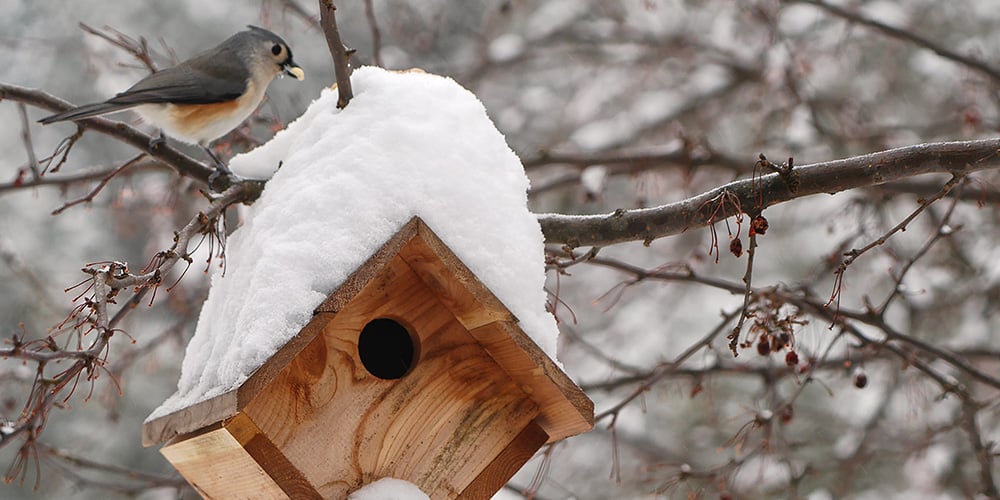 Other Ways to Attract Birds Over Winter
Other Ways to Attract Birds Over Winter 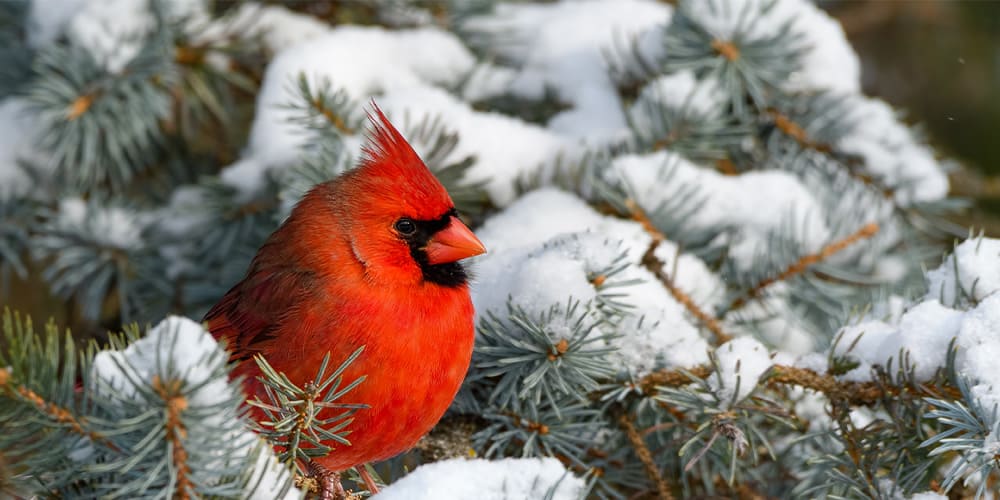 Observe and Form a Relationship
Observe and Form a Relationship
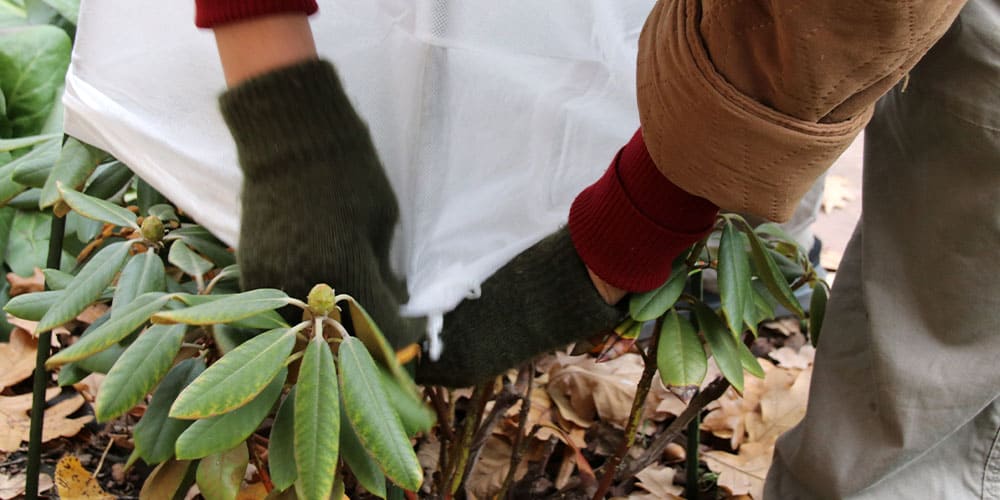
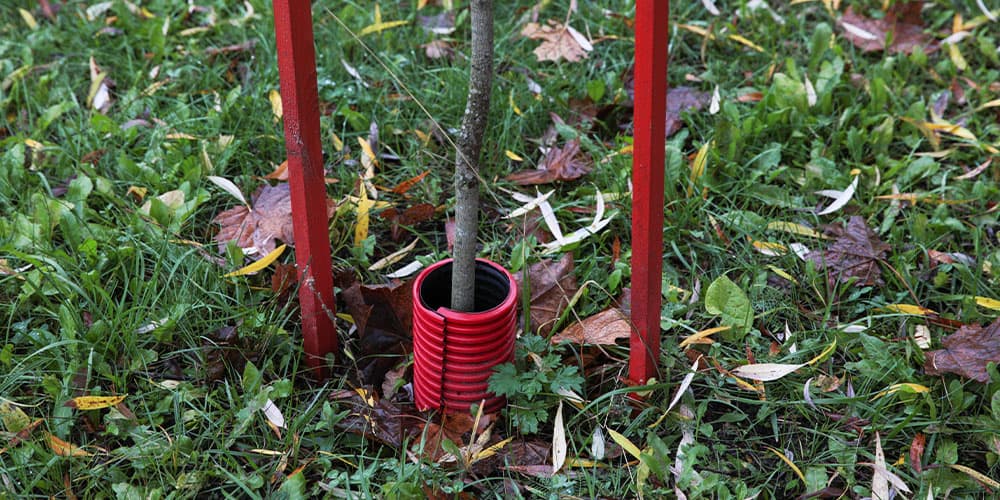
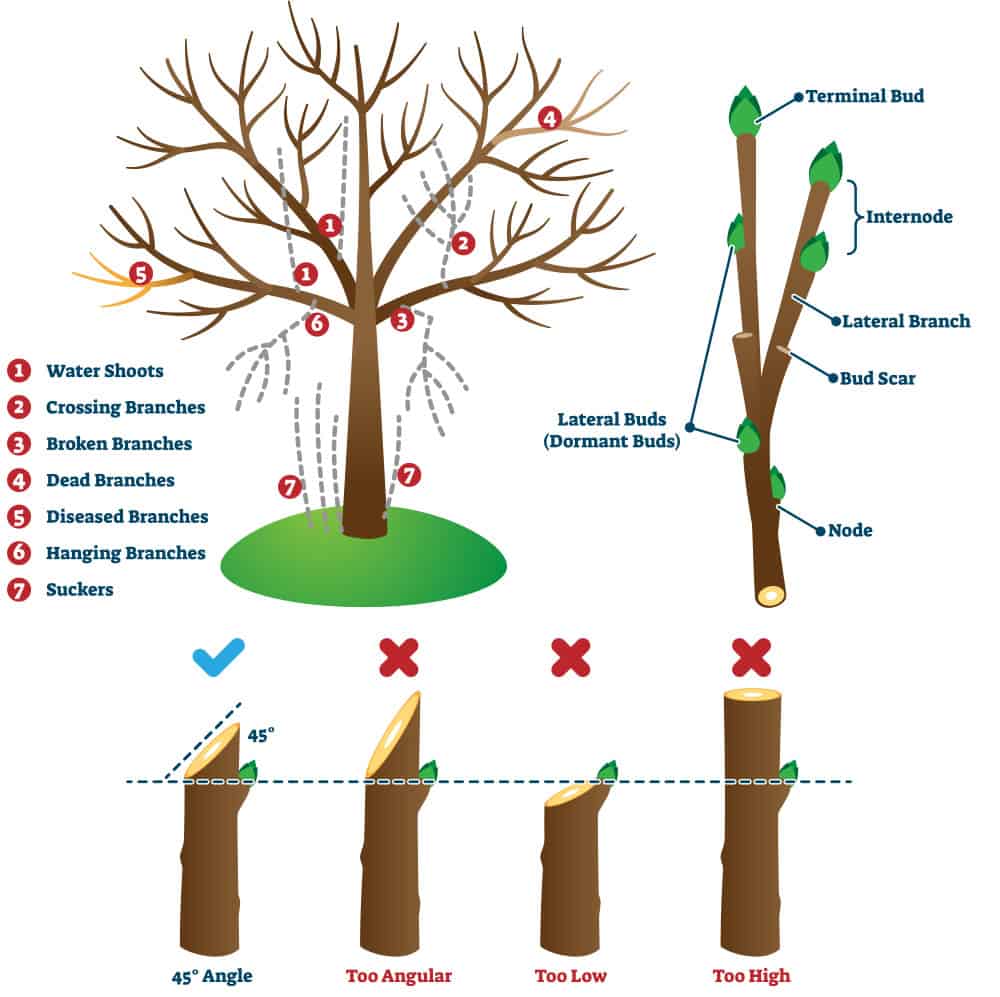
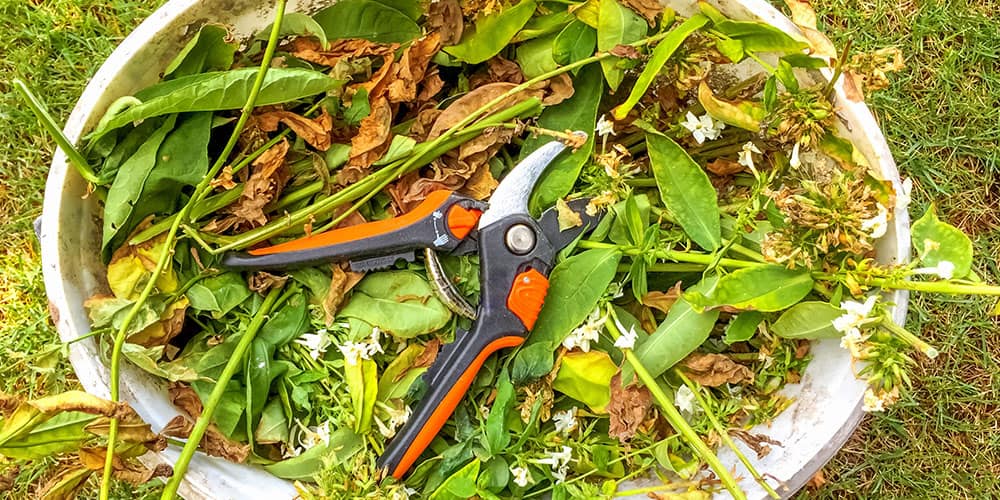 What Perennials to Leave in the Fall
What Perennials to Leave in the Fall 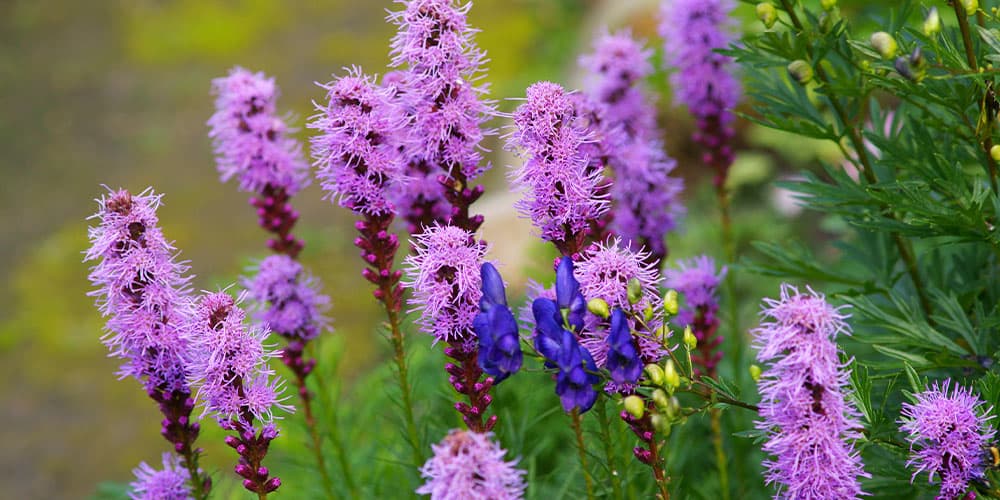
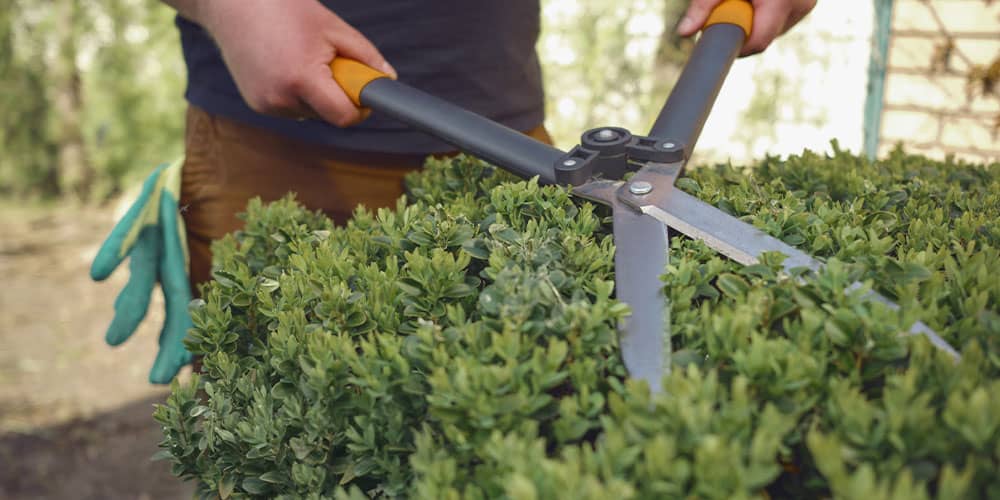 Hedges can be reshaped anytime, except fall. And of course, if some other reason for pruning is more important to you than flowers—for example, a shrub is too large—you can prune shrubs anytime during the growing season, without risking any damage to the plant. Just remember to stop pruning by the end of summer to let all of your shrubs prepare properly for dormancy in the fall.
Hedges can be reshaped anytime, except fall. And of course, if some other reason for pruning is more important to you than flowers—for example, a shrub is too large—you can prune shrubs anytime during the growing season, without risking any damage to the plant. Just remember to stop pruning by the end of summer to let all of your shrubs prepare properly for dormancy in the fall. 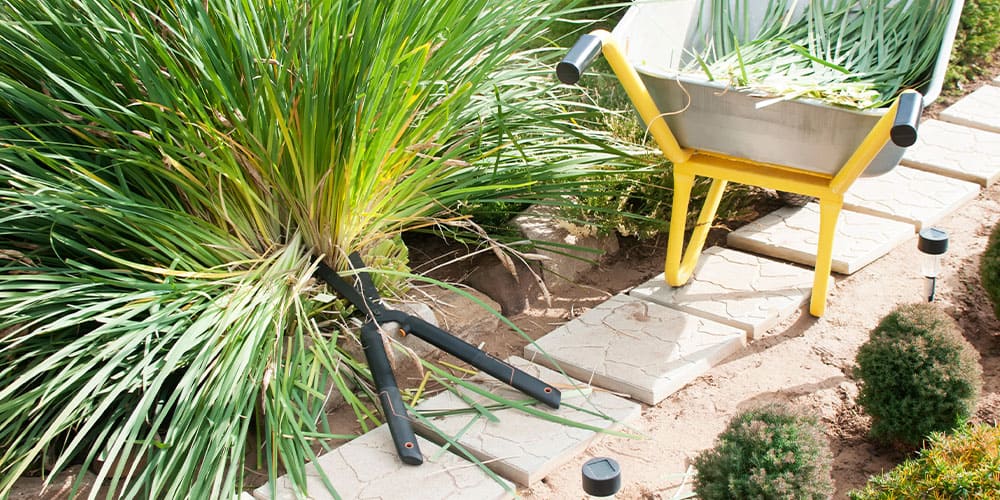
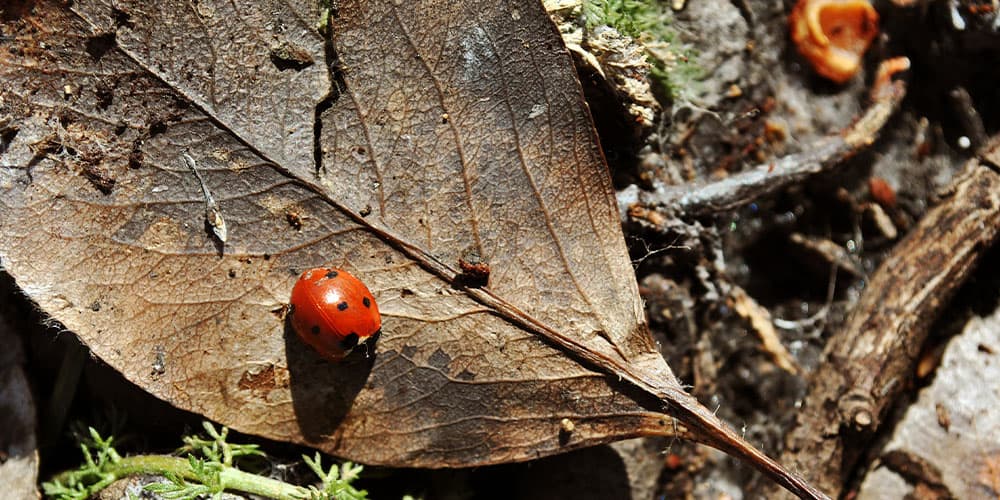
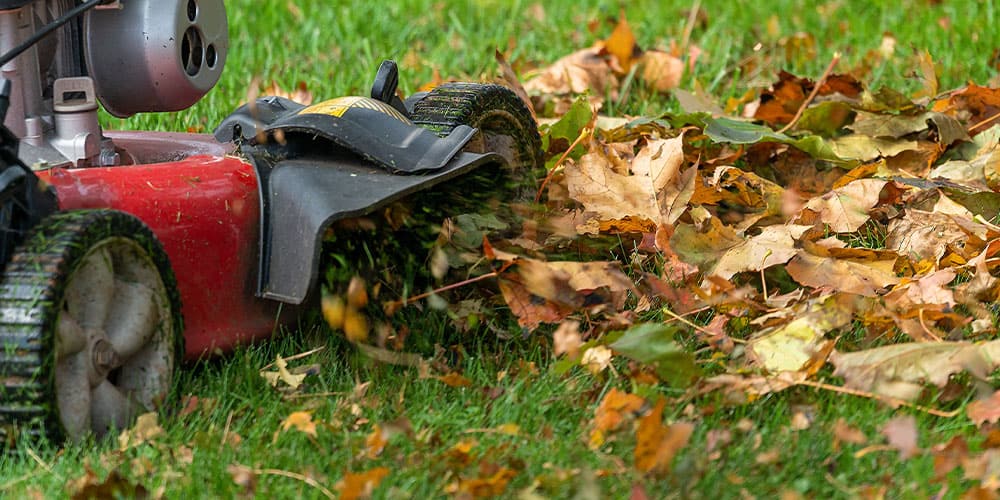
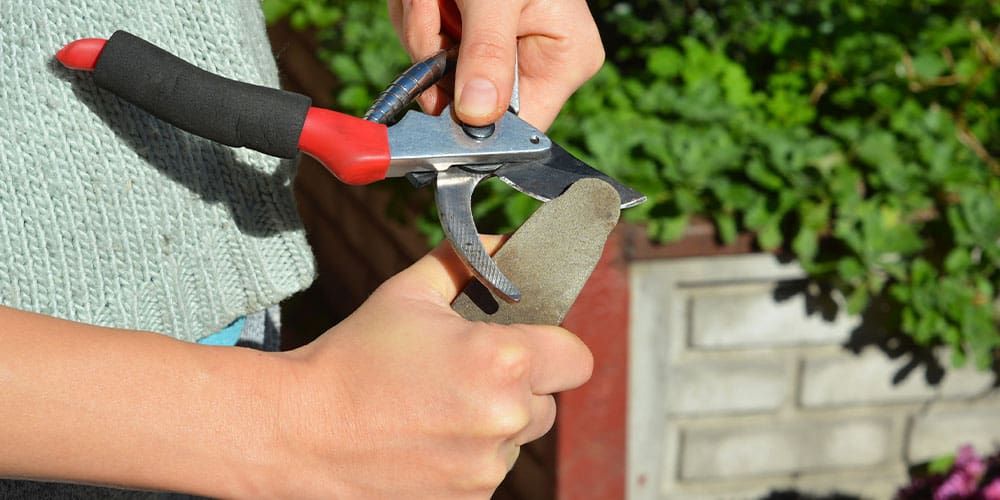
 Step 3: Intuit the Weather
Step 3: Intuit the Weather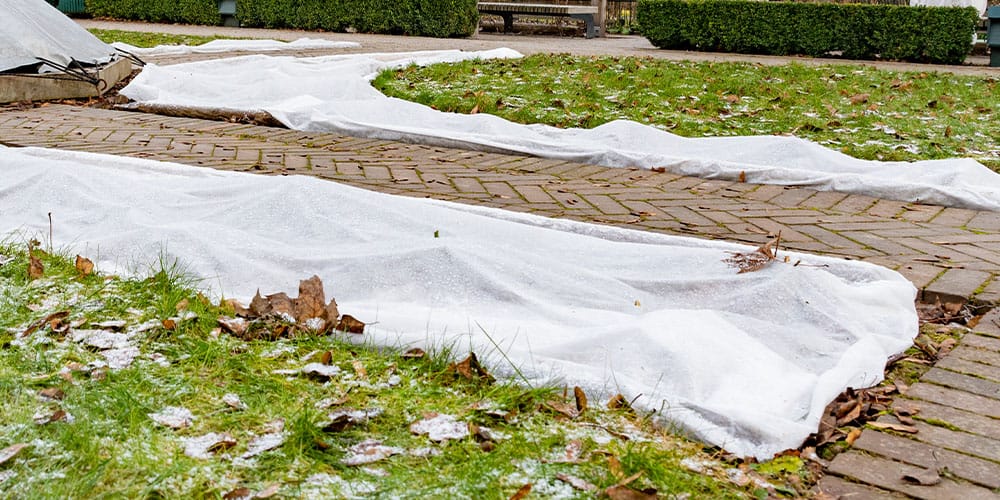 Preparing Your Plants for Frost and Winter in New Hampshire
Preparing Your Plants for Frost and Winter in New Hampshire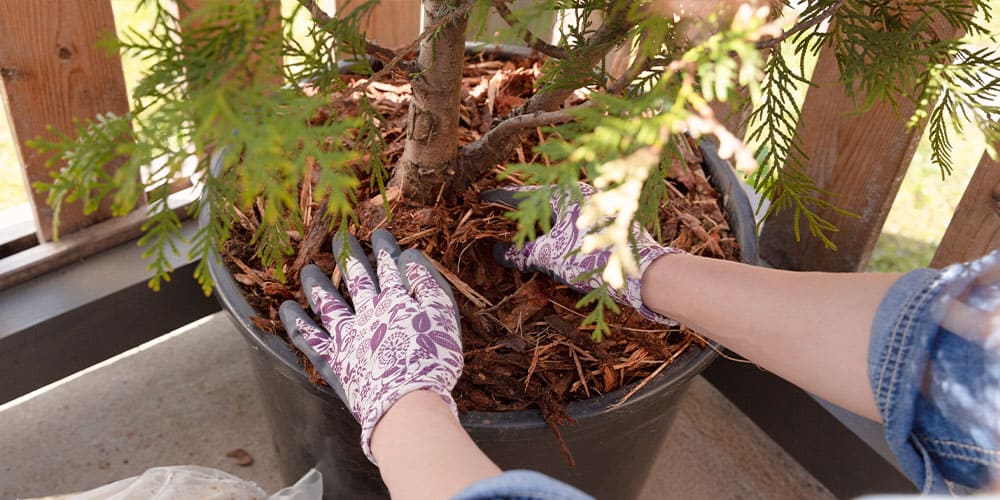 To prevent it, water any vulnerable evergreens throughout the fall until the ground freezes.
To prevent it, water any vulnerable evergreens throughout the fall until the ground freezes.